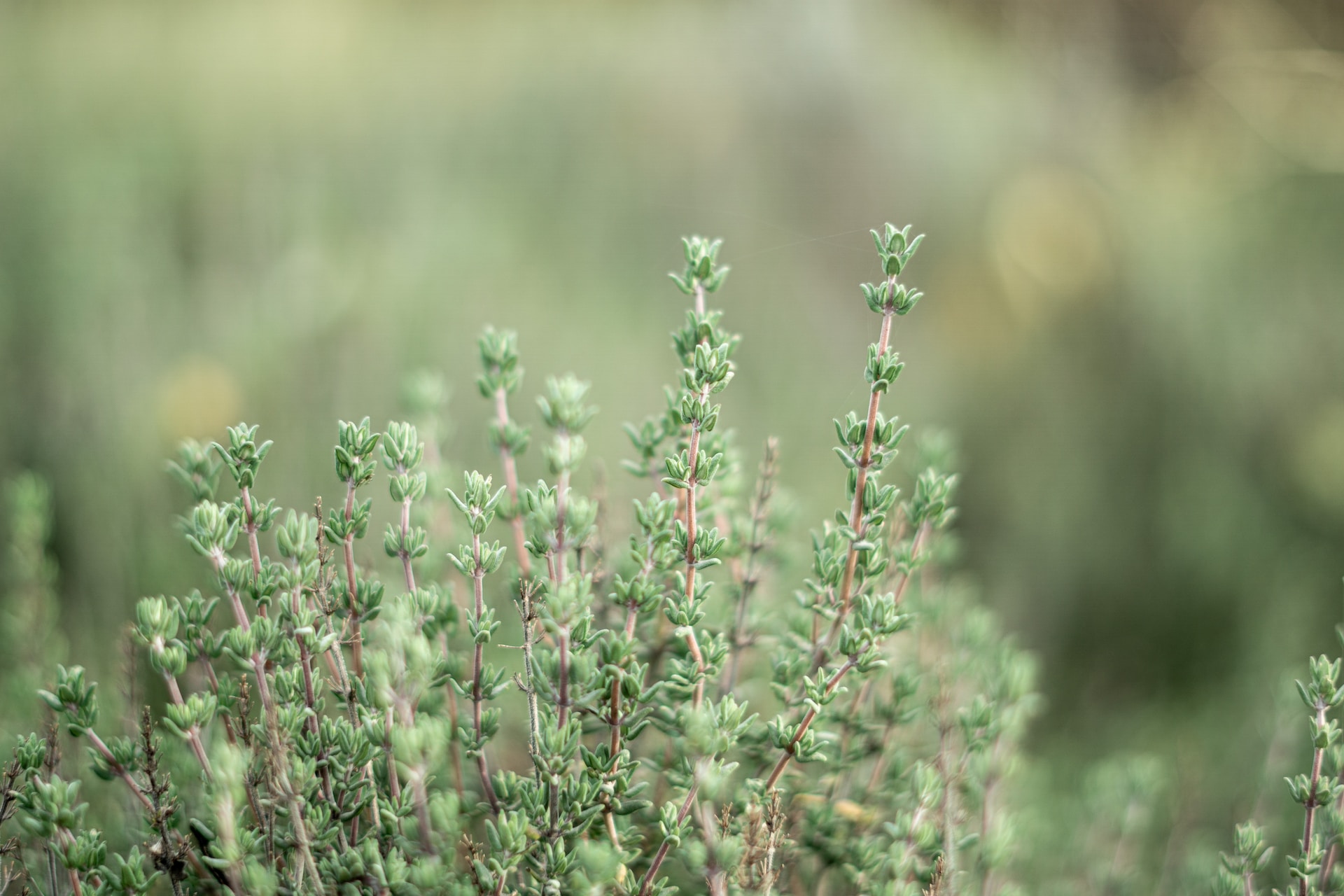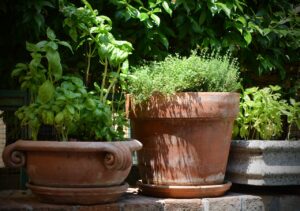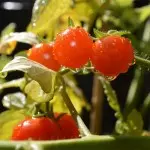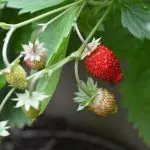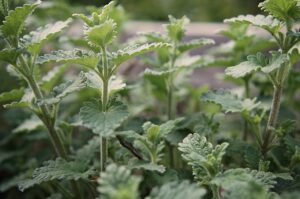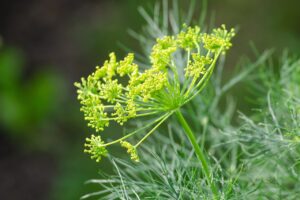Mastering Thyme Cultivation for a Flavorful & Fragrant Garden
Thyme is a versatile and aromatic herb that adds a unique depth of flavour to dishes and is cherished by gardeners and cooks alike. This comprehensive guide will explore how to grow thyme, planting techniques, thyme varieties, propagation, care, harvesting, and companion planting. Growing thyme in pots is also an excellent choice for those with limited gardening space. Let’s dive into the wonderful world of thyme!
Thyme Varieties
There are numerous thyme varieties, each with a distinct flavour, growth habits, and appearance. Some popular varieties include:
- Common Thyme (Thymus vulgaris): Often used in cooking, this variety has a robust flavour and small, gray-green leaves.
- English Thyme (Thymus vulgaris ‘English’): Also known as garden thyme, English thyme is a popular variety distinguished by its strong, aromatic flavour and small, dark green leaves. It is widely used in traditional British and European cuisine, making it a staple in many herb gardens. The plant has an upright growth habit, reaching 12-18 inches in height, and produces pale purple flowers that attract bees and other pollinators.
- French Thyme (Thymus vulgaris ‘French’): This variety is popular among chefs for its strong, aromatic flavour. French thyme has slightly larger leaves than common thyme, making it easier to harvest and use in cooking.
- Creeping Thyme (Thymus serpyllum): A low-growing groundcover, creeping thyme is perfect for borders, rock gardens, and pathways.
- Lemon Thyme (Thymus x citriodorus): With a hint of lemon, this variety is excellent for culinary use and has a refreshing fragrance.
- Silver Thyme (Thymus x argenteus): This variety is known for its silvery, variegated leaves and mild, earthy flavour. It’s an excellent addition to various dishes and adds a decorative touch to the garden.
- Woolly Thyme (Thymus pseudolanuginosus): With its soft, fuzzy leaves and a creeping growth habit, woolly thyme is an attractive groundcover for rock gardens and pathways. Although not typically used in cooking, it adds a unique texture to the garden.
Looking to purchase seeds? Check out our product page: Thyme Seeds.
I. How to Grow Thyme
Growing thyme is a simple process that gardeners of all experience levels can do. This herb thrives in well-draining soil with a pH between 6.0 and 8.0 and requires full sun exposure. Thyme is a hardy plant that can tolerate drought conditions and even frost, making it suitable for various climates.
II. Planting Thyme
Start planting thyme with seeds or seedlings purchased from a reputable nursery. If planting from seeds, sow them indoors in seed trays 6-8 weeks before the last expected frost date. Cover the seeds lightly with soil, and keep the trays moist until germination, typically within 2-3 weeks. Once the seedlings have reached a height of 3-4 inches, transplant them outdoors, spacing them about 9-12 inches apart.
III. How to Propagate Thyme
Thyme can be propagated by seed, cuttings, or division. Select a healthy, non-flowering stem and remove the lower leaves to propagate by cuttings. Dip the cut end into rooting hormone powder and plant it in a well-draining potting mix. Keep the cutting moist; roots should form within 3-4 weeks. Dig up an established plant for division, gently separate it into smaller sections, and replant them in the desired location.
IV. Thyme Plant Care
Thyme requires minimal care, making it perfect for low-maintenance gardens. Water the plants consistently, especially during dry spells, but avoid over-watering, as thyme is susceptible to root rot. Fertilize lightly in the spring with an all-purpose organic fertilizer. Prune the plants in the spring and summer to encourage bushier growth and prevent them from becoming too woody.
V. Harvesting Thyme
Thyme can be harvested throughout the growing season. Harvest leaves in the morning after the dew has dried for the best flavour. Regularly snipping sprigs will encourage new growth and maintain a compact shape. Thyme can be used fresh or dried, and it retains its flavour well when dried.
VI. Growing Thyme in Pots
Growing thyme in pots is an excellent option if you have limited space. Choose a container with drainage holes and fill it with a well-draining potting mix. Plant the thyme seedlings or rooted cuttings, and place the container in a sunny location. Ensure the soil remains moist but not waterlogged. Potted thyme plants will need more frequent watering than ground ones.
VII. Thyme Companion Plants
Thyme is an excellent companion plant for several other plants in the garden due to its natural pest-repellent properties. Some great companion plants for thyme include:
- Tomatoes: Thyme helps repel tomato hornworms and enhances the flavour of tomatoes.
- Cabbage: Thyme deters cabbage worms, which can damage cabbage and related plants.
- Strawberries: Thyme can protect strawberries from certain pests and diseases while improving the soil structure.
- Eggplant: Thyme repels flea beetles and other pests, providing a protective barrier for eggplants.
- Roses: Thyme can help prevent black spot, a fungal disease that affects roses.
Related Articles:
- How to Grow Tomatoes: A Comprehensive Guide
- How to Grow Cabbage: Your Complete Guide to Success
- How to Grow Strawberries: A Comprehensive Guide
Plants to Avoid
While thyme is beneficial to many plants, there are a few you should avoid planting nearby. This is because they may compete for nutrients, water, or space or attract pests that could harm thyme.
- Mint: Mint has an aggressive growth habit and can quickly take over a garden bed, potentially out-competing thyme for resources. Plant mint in a separate container or designated area away from thyme to prevent it from becoming invasive.
- Onions and Garlic: Both onions and garlic have strong scents that can affect the flavour and fragrance of thyme. Keep thyme and these alliums separated in your garden to maintain the distinct characteristics of each plant.
- Potatoes: Potatoes and thyme may compete for similar nutrients in the soil, which can lead to stunted growth or reduced yields for both plants. Plant them in separate areas of your garden to ensure they have access to the nutrients they need.
- Corn: Corn is a heavy feeder, meaning it requires a lot of nutrients from the soil. Planting thyme near corn may result in nutrient deficiencies for the thyme. Additionally, the tall stalks of corn can cast shade on thyme, which prefers full sun for optimal growth.
Conclusion
Thyme is a versatile and easy-to-grow herb that adds flavour and beauty to your garden. By understanding how to grow thyme, propagate it, and care for the plants, you’ll enjoy a bountiful harvest of aromatic leaves. Whether grown in the ground or in pots, thyme makes an excellent addition to any garden and serves as a fantastic companion plant for a variety of other species. Happy gardening!

